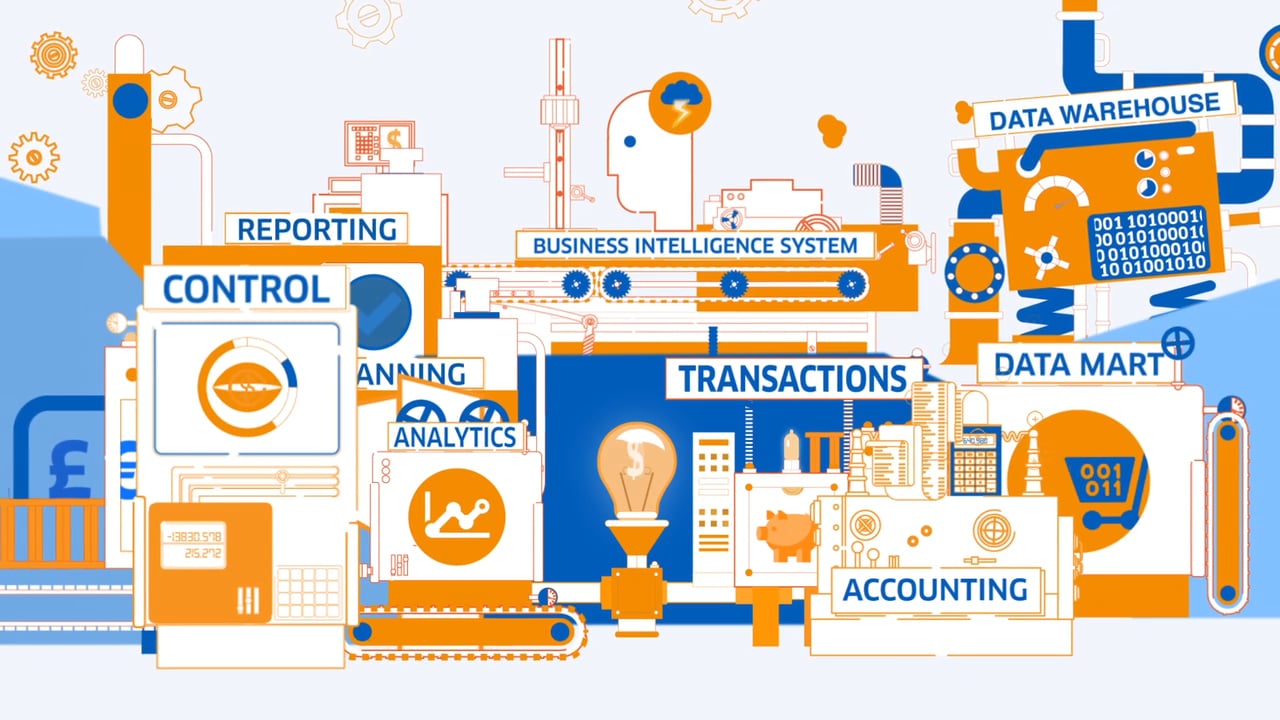4 Trends in Big Data Innovation Governing the Future of Data Science
Big Data innovations have been consistently increasing over the time. With every year there is improvement in the sector. When we consider 2016 for...
3 min read
Preetisha Dayal : Mar 14, 2018 12:00:00 AM

Big Data are large data sets which may be calculated using computers to find out patterns, trends, and relations, mainly which is linked to human behavior and interactions.

The biggest challenge which is faced by big data considering the security point of view is safeguarding the user’s privacy. Big Data mostly contains vast amounts of personal particular information and thus it is a huge concern to maintain the privacy of the user.
As the data stored is in big amount, breaching it will affect big data a lot as there will be devastating consequences than the data breaches we normally see in the press. The reason behind this is that a big data security breach will probably affect a great number of people, with a penalty not only from a point of view reputation but with vast legal repercussions.
When information for big data is produced, organizations must make sure that they maintain the right balance between privacy and utility of the data. Before storing the data do see it is sufficiently anonymized, removing any unique identifier for a user. This on its own is a security challenge as subtracting unique identifies will not be enough to confirm that the data will remain unknown. The unknown data can actually be cross-referenced with other accessible data following de-anonymization methods.
When the organizations are storing the data a problem of encryption can be faced by them. The users cannot deliver encrypted data if they would need to perform operations on the data. To use this the solution is “Fully Homomorphic Encryption” (FHE), which facilitates data stored in the cloud to work on operations over the encrypted data as then the new encrypted data will be formed. When the data is decrypted the results will be the same which you will observe when functions are carried out on plaintext data. Thus, the cloud will actually be sufficient to work on operations over encrypted data. Without an understanding of the underlying plaintext data.
The most significant challenge using big data is how to ascertain ownership of information. A trust boundary should be established between the data owners and the data storage owners if the data is stored in the cloud.
In protecting the data adequate access control mechanisms is required. If the system or application is hacked then access control should be provided by operating systems or applications restricting access to the information. A better move is to defend the information using encryption that only ascertains decryption if the unit trying to contact the information is sanctioned by an admission control policy.
Another problem is that software which is normally used to store big data, such as Hadoop are not always available with user authentication by default. This makes the issue of access control worse, as a default installation would depart the information which is available to unauthenticated users. Big data solutions are mostly dependent on traditional firewalls or implementations at the application layer to limit access to the information.
Interested in Big Data? Download our free eBook today.
As the Big Data is a new concept, so there is not a sufficient list of practices which are well recognized by the security community. However, there are a number of general security recommendations that can be used for big data:
If your big data is stored in the could, you must make sure that your provider has sufficient protection mechanisms in place. Do see that the provider does periodic security audits and agree on penalties in the situation when adequate security standards are not met.
Policies should be made such that they allow access to authorized users only. This will prevent unauthorized access to data from both internal and external sources.
It is very important to protect both your data that is raw data and the outcome from analytics. To ensure no sensitive data is leaked, encryption should be used accordingly.
-2.png?width=285&name=BinaryData50%20(1)-2.png)
Adequate protection should be given to data in transit to ensure its confidentiality and integrity.
There should be a control on the access to the data and it should be monitored. To prevent unauthorized access to the data, threat intelligence should be used.
The main solution to keep the data protected is by using the encryption adequately. For example, Encryption which is attribute-based can help in providing fine-grained admission control of encrypted data.
It is also important to anonymize the data to make sure that the privacy concerns are kept. There should be a check that from the record collected all the sensitive information is removed.
For big data project, real-time security monitoring is vital. To ensure there is no unauthorized access the organizations should monitor the usage. Even the threat intelligence should be in place to make sure that more complicated attacks are found out and that the organizations can respond to threats prior to that.
Are you looking for experts to help you leverage Big Data? Get in touch today.

Big Data innovations have been consistently increasing over the time. With every year there is improvement in the sector. When we consider 2016 for...

What Is Business Intelligence (BI)?